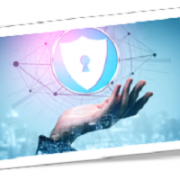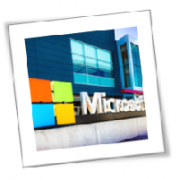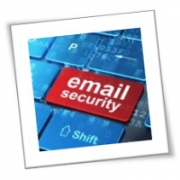When it comes to cybersecurity, you probably think of protecting computers, apps, or online databases first and printers last. Precisely because they’re overlooked in, printers can be exploited by hackers and used as a gateway to infiltrate your systems. Secure your networks against intruders by following these steps.
What makes business printers vulnerable to cyberattacks?
When assessing network security threats, companies primarily focus on servers and computers not only because they are the most exposed to external threats, but also because they get the bulk of cyberattacks. Printers are often at the bottom of the list since they are not prime targets. What’s more, their functions seem to be internal at first glance, as they don’t interact with external systems.
But it’s exactly because of their primary functions, namely printing and scanning, that make print devices perfect cybercriminal targets. Businesses run important documents such as tax forms, employee information, medical records, and financial statements through print devices, and hackers would definitely love to get their hands on them.
And they can — easily.
Network printers store previous print jobs in their hard drive, sometimes including those that have been canceled. If anyone accesses the printer — even remotely — they may be able to see those documents by hacking into the printer using a specialized tool.
Files can also be intercepted during wireless transmission, as modern printers can now be connected to the web. Not only can hackers exploit printers’ open network ports to view data, but they can also take over vulnerable printers and transmit their own data through the machine.
What can you do to protect your business printers?
Business printers should not be disregarded when planning a cybersecurity strategy. Keep your print devices secure by following these best practices:
- Monitor your network continuously and promptly install printer software updates and patches. Printer manufacturers often release software support or updates, so regularly check for those.
- Change the default password and administrator login credentials of printers with web management capabilities.
- Only allow company-owned devices to connect to your printers.
- Always connect to your printers using secure connections. Conversely, avoid accessing your printers through a public internet connection.
- Restrict printer access by using a firewall.
- If your wireless printer has the feature that requires users to enter a PIN before they can print documents, enable it to prevent unauthorized access.
- If you don’t use your printer for fax and email, isolate your printer from your main company network and disable out-of-network printing.
- If you handle classified data, do not connect your printer to any network. Instead, connect it directly to your computer using data cables, or print from a thumb drive.
- Secure your printouts by enabling manual feed. This setting requires a user to manually input paper (or any material to be printed on), so there are reduced risks of the printed document getting stolen or being left in the printing area.
Another way to secure your printers is by partnering with an IT company that can take care of your printer-related worries. From thwarting attacks to reducing management costs to keeping your printer at optimal functionality, our experts can help.
To learn more about how to safeguard your business, or if you are looking for an expert to help you find the best solutions for your business talk to GCInfotech about a free technology assessment.
Published with consideration from TechAdvisory.org SOURCE






